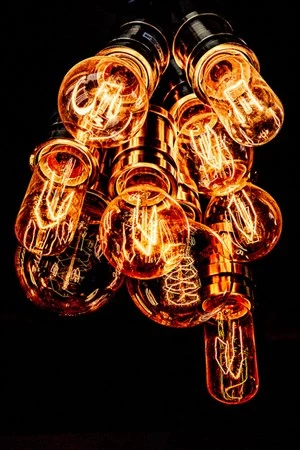 Name these two related diagnoses. Text from the Encyclopedia of Mental Disorders. Answer there or in comments.
Name these two related diagnoses. Text from the Encyclopedia of Mental Disorders. Answer there or in comments.
[ANSWER A] is characterized by major depressive episodes alternating with episodes of hypomania, a milder form of mania. Patients with [ANSWER A] tend to have extremely low energy, retarded mental and physical processes, and more profound fatigue (for example, hypersomnia-a sleep disorder marked by a need for excessive sleep or sleepiness when awake) than people with unipolar depression.
[ANSWER B] is characterized by manic episodes, the "high" of the manic-depressive cycle. Apatient experiencing mania often has feelings of self-importance, elation, talkativeness, increased sociability, and a desire to embark on goal-oriented activities, coupled with the characteristics of irritability, impatience, impulsiveness, hyperactivity, and a decreased need for sleep. Usually this manic period is followed by a period of depression, although a few [ANSWER B] individuals may not experience a major depressive episode. Mixed states, where both manic or hypomanic symptoms and depressive symptoms occur at the same time, also occur frequently with [ANSWER B] patients (for example, depression with the racing thoughts of mania). Also, dysphoric mania is common (mania characterized by anger and irritability).

 Name these two related diagnoses. Text from the
Name these two related diagnoses. Text from the